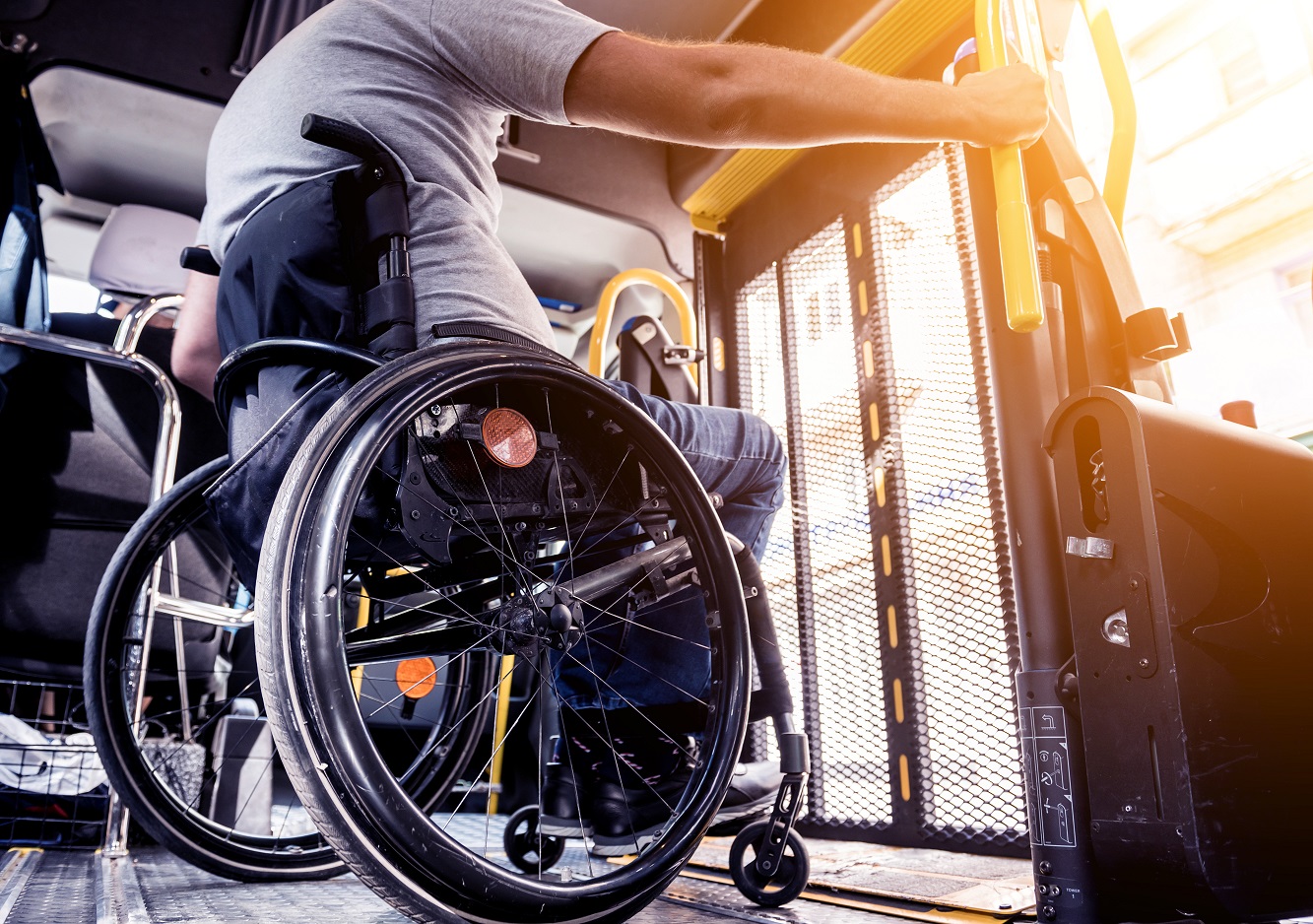
News
Hans and Alex on working (together) smartly with SAFe
"With SAFe, you turn separate teams into a unit."
- 23 March 2020
A scrum team works with sprints. Each sprint, team members collectively create a schedule for the next two or three weeks. In SAFe, multiple scrum teams work toward the same end goal, in the same cadence of four synchronous sprints. Every three months, the teams meet. Then they merge what has been delivered, agree on the master schedule and determine what will be done in the next three months. That goal is reduced to smaller steps within the separate teams, in sprints. Agile Coach at InTraffic Hans Heising: "An important part of the main planning is mapping out the interdependencies. If one team delivers something on schedule that is not available until the end of the project but another team needs it earlier, then a decision can be made to bring forward the time of delivery. Align, align and align. All with the goal of planning and working as efficiently as possible."
Charting errors faster
There is another advantage to meeting every three months. Alex Dane, Project Manager and Scrum Master at InTraffic: "By regularly integrating the completed iterations, you get any mistakes out early. That way, you don't build on mistakes made but resolve them as early in the process as possible." He compares it to the traditional way of working, in which a lot of waterfall development is done. "For a year, teams work very hard on their own component. Then when everything is merged together, there are bound to be issues and you're fixing mistakes afterwards that may have been made on day two. By working SAFe together and regularly coordinating, integrating and testing with each other, you deliver a working product right at the end." The more often you can integrate, the better it is.
"It's no longer about the team but about the whole chain. The bigger picture. That's very powerful."
- Hans Heising - Agile Coach InTraffic
From teamwork to chain orientation
Large projects often involve multiple parties. For example, teams may be at different suppliers or geographically dispersed. In practice, this can mean working with competitors on a project basis. "From a common goal, you put yourself in a vulnerable position. Because by mapping dependencies, you give the other party quite a look inside. This can be sensitive, but not for InTraffic. We are ready for it," says Alex. Hans agrees; he is convinced that SAFe is becoming the future way of working. "It's no longer about the team but about the whole chain. The bigger picture. That is very powerful, provided the teams work on an equal basis."
Motivation
Multi-team collaboration is motivating. Not only do team members learn from each other, by regularly showing each other what has been developed and integrating it, you see the end goal coming closer and closer. "Every three months you get together and that creates a bond. You can then also find each other more easily if you run into a problem in between." Hans complements his colleague: "In the large team you share successes with each other in between. That has a positive effect on the mutual atmosphere. It's not competition but teamwork. You do it together. And that ultimately benefits the final product."


